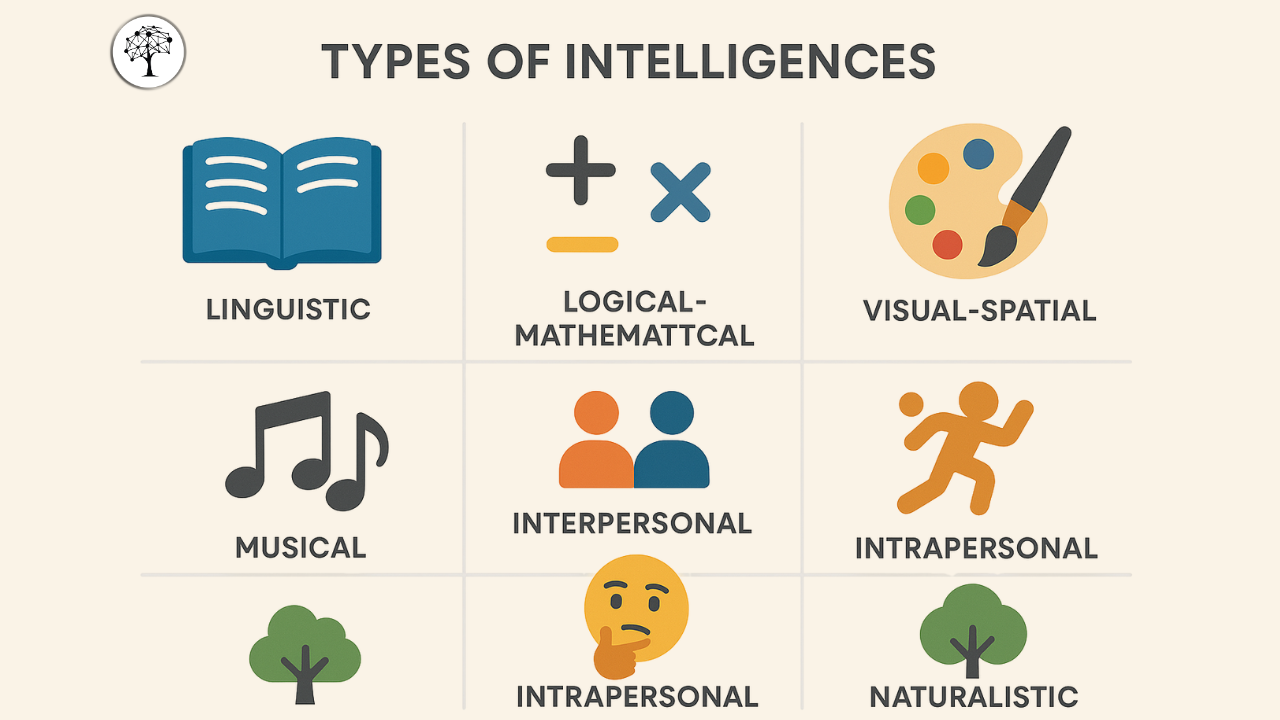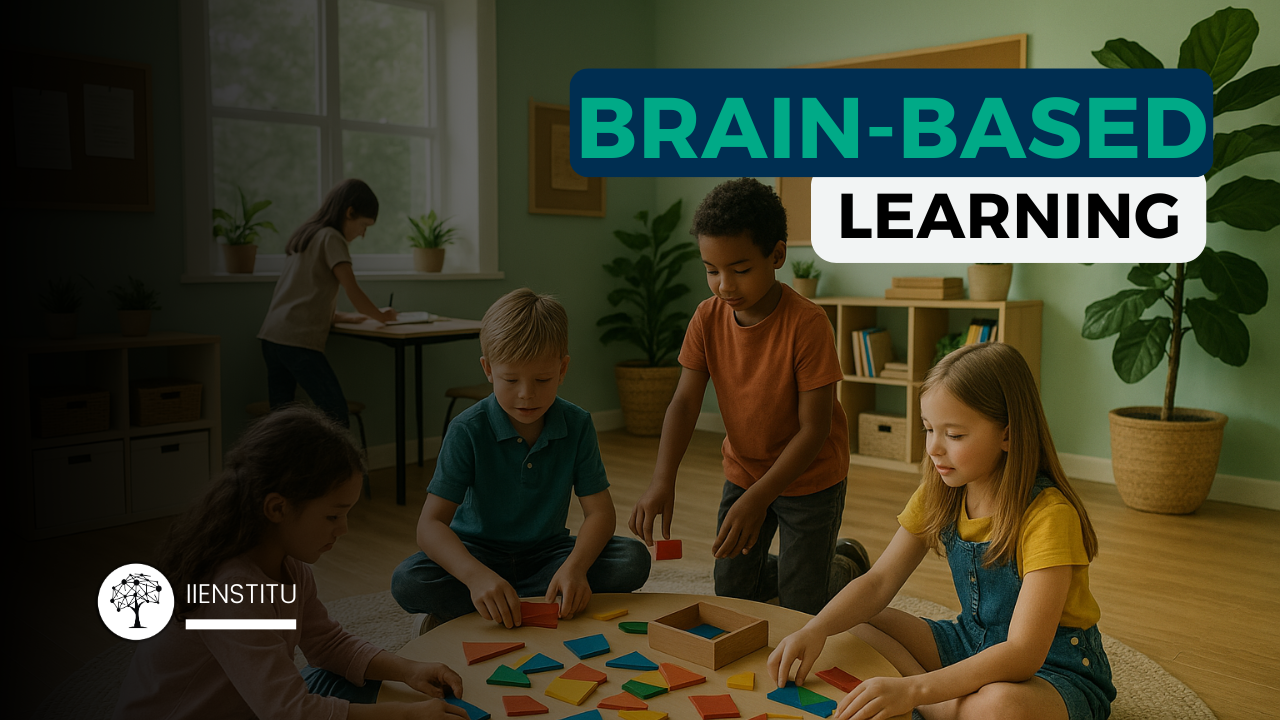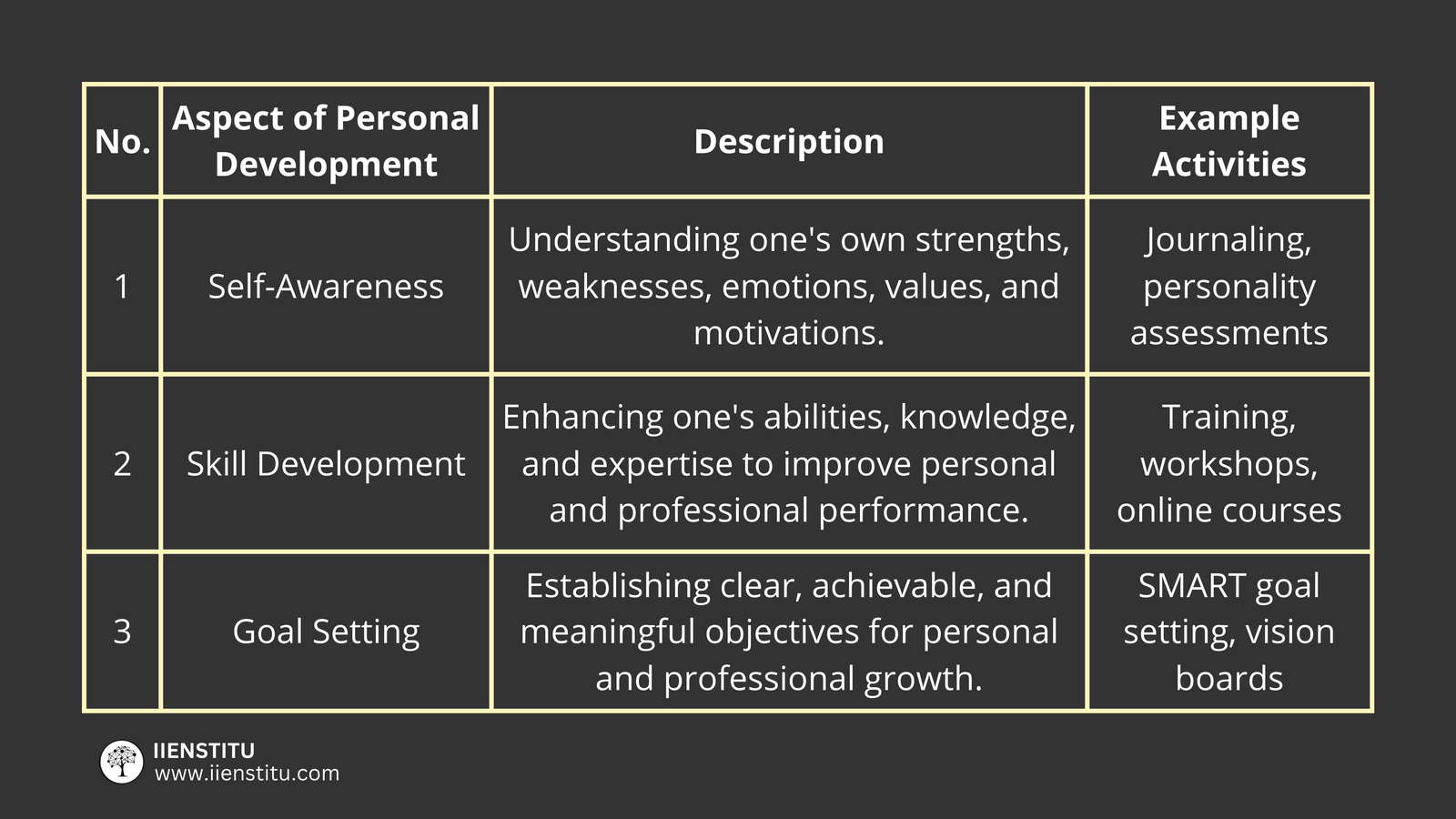
In 1983, American psychologist Howard Gardner introduced the Theory of Multiple Intelligences as a groundbreaking alternative to traditional views of intelligence. Instead of defining intelligence as a single, measurable IQ score, Gardner argued that every individual possesses multiple kinds of intelligence, each developing in unique ways.
According to his model, there are eight core intelligences, and potentially more. While every person has the capacity to develop all of them, children often show preferences for certain areas from an early age. Recognizing these differences is especially critical for teachers, who can use this understanding to create inclusive, personalized, and effective learning experiences.
This article explores the eight intelligences, how they shape learning, and why Gardner’s theory continues to transform education, personal growth, and career development.
What Is the Theory of Multiple Intelligences?
Gardner’s theory challenges the assumption that intelligence is one-dimensional. Instead, it emphasizes that people are “smart” in different ways. A child may struggle in math but excel in music, or find verbal tasks difficult while thriving in visual-spatial activities.
The practical implication is clear: education should not be one-size-fits-all. By identifying a learner’s dominant intelligences, educators and parents can help them grow through personalized strategies—while also nurturing weaker areas.
One of the key insights of the theory is that weaker intelligences can be strengthened by leveraging stronger ones. For example, a student with strong musical intelligence but weak linguistic skills can improve reading through rhythm and song.
The Eight Types of Intelligence
1. Linguistic Intelligence (Verbal-Linguistic)
Loves wordplay, storytelling, and writing.
Excels at learning new languages.
Has a strong memory for quotes, proverbs, and expressions.
Best learns through reading, listening, taking notes, and discussions.
Career Paths: Writers, journalists, lawyers, teachers, translators.
2. Logical-Mathematical Intelligence
Strong at reasoning, problem-solving, and abstract thinking.
Enjoys puzzles, strategy games, and experiments.
Naturally curious about how things work.
Best learns through logic, numbers, and structured problem-solving.
Career Paths: Scientists, engineers, analysts, programmers, mathematicians.
3. Visual-Spatial Intelligence
Thinks in images and patterns.
Remembers faces, places, and visual details vividly.
Has strong artistic and design skills.
Best learns through visual aids, diagrams, maps, and videos.
Career Paths: Architects, designers, photographers, artists, pilots.
4. Bodily-Kinesthetic Intelligence
Highly coordinated and physically active.
Prefers hands-on learning experiences.
Excels in sports, dance, and physical crafts.
Best learns through movement, touch, and physical exploration.
Career Paths: Athletes, dancers, surgeons, actors, physical therapists.
5. Musical-Rhythmic Intelligence
Sensitive to rhythm, melody, and sound patterns.
Can easily recall and reproduce tunes.
Often plays instruments or sings naturally.
Best learns through music, rhythm, and auditory repetition.
Career Paths: Musicians, composers, sound engineers, music teachers.
6. Interpersonal Intelligence (Social)
Highly empathetic and attuned to others’ emotions.
Strong communicator with leadership potential.
Enjoys teamwork, group projects, and collaboration.
Best learns through discussion, role-play, and cooperative activities.
Career Paths: Teachers, managers, counselors, public speakers, leaders.
7. Intrapersonal Intelligence (Self-Reflective)
Deeply self-aware and independent.
Understands personal strengths and weaknesses.
Interested in philosophy, psychology, and self-growth.
Best learns through self-study, journaling, and reflection.
Career Paths: Writers, philosophers, psychologists, entrepreneurs.
8. Naturalistic Intelligence
Strong connection with nature.
Passionate about animals, plants, and the environment.
Notices details in natural surroundings.
Best learns through outdoor exploration and real-world observation.
Career Paths: Biologists, farmers, environmentalists, botanists, veterinarians.
Why Gardner’s Theory Matters Today
In the 21st century, skills like creativity, collaboration, and adaptability are more valuable than ever. Gardner’s theory highlights that intelligence goes far beyond academic achievement—it’s about nurturing whole individuals who can think critically, solve problems, empathize with others, and innovate.
Educators, parents, and even employers can apply this framework to recognize diverse talents and design strategies that bring out the best in everyone.
Quick Checklist for Readers
✅ Understand Gardner’s eight intelligences.
✅ Identify your (or your child’s) dominant intelligence.
✅ Use tailored learning strategies.
✅ Apply strengths to improve weaker areas.
✅ Foster creativity and confidence through diverse learning.
Frequently Asked Questions
What is the main purpose of Gardner’s Theory of Multiple Intelligences?
The purpose of Gardner’s theory is to redefine intelligence beyond the narrow lens of IQ. It empowers educators and learners by acknowledging that everyone has unique talents. Some individuals may shine in logical reasoning, while others excel in music, art, or social interactions. By recognizing these variations, the theory makes education more inclusive and personalized.
How can teachers apply multiple intelligences in the classroom?
Teachers can design activities tailored to each type of intelligence. For example:
Use storytelling and debates for linguistic learners.
Introduce logic games and problem-solving tasks for mathematical learners.
Encourage drawing, modeling, and diagrams for visual-spatial learners.
Include hands-on experiments and physical activities for kinesthetic learners.
This approach not only improves learning outcomes but also boosts confidence by validating students’ natural abilities.
Can weaker intelligences really be improved?
Yes. Gardner emphasized that while everyone has preferred intelligences, weaker areas can be strengthened through deliberate practice and integration with stronger ones. For instance, a child with strong musical intelligence but weak linguistic skills may learn new vocabulary faster when paired with songs or rhythms. The key lies in creative teaching strategies and consistent support.


